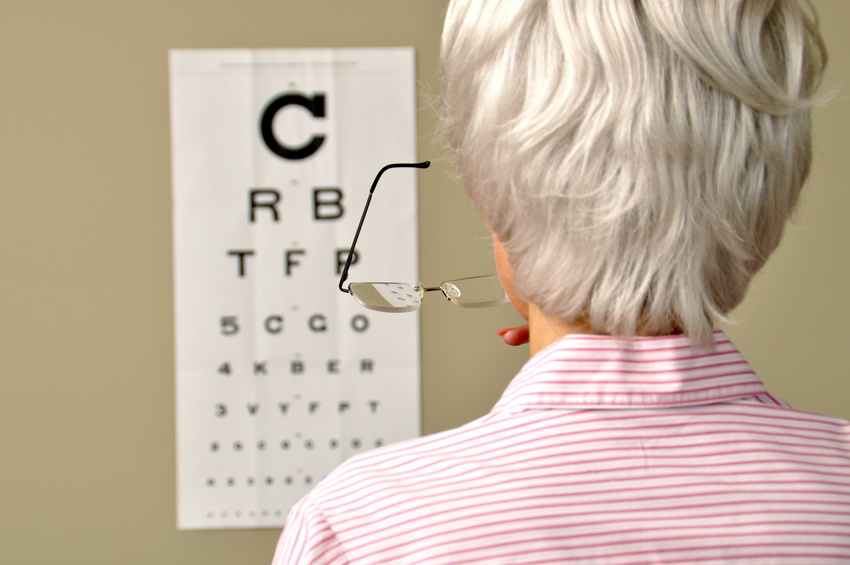Farsightedness in old age (medical term: presbyopia) is not an eye disease in the true sense of the word. Rather, it is a functional disorder of the eyes that occurs in old age. Short-sightedness can then also change into presbyopia. The now limited adaptability of the lens (accommodation) leads to deficits in the recognition of details at close range. You will then notice that reading a book or newspaper is only possible from a greater distance. This is the point at which so-called reading glasses are needed. But you can also see better again at close range with the help of contact lenses.
An exact time when presbyopia begins cannot be determined. The symptoms are hardly noticeable at first, until the functional disorder manifests itself as presbyopia after several years. According to statistical surveys, the process already begins from the age of 35. Between the ages of 40 and 50, the decline in the visual range accelerates. As a rule, good near vision is rare in old age.
How is the Blurred Image Created?
For sharp vision, the cornea of the eye, in interaction with the lens, must project an image that is as well-focused as possible, i.e. sharp, onto the retina. The retina contains the “yellow spot”. This is an area where there is a particularly high number of light-sensitive receptors. A blurred image occurs when the eye’s ability to adapt is severely limited, as is the case with presbyopia.
What are the Causes of Presbyopia?
Normally, the lens of the eye is able to deform and maintain the optimal focal point (focus) even at varying distances of vision. For sharp vision at close range, congestion of the lens of the eye (near accommodation) is required. This task is performed by the ciliary muscles that surround the eye. As a result of a natural ageing process, the lens becomes increasingly rigid. The ciliary muscles are no longer able to deform the lens sufficiently – the result is blurred vision at close range, which is typical of presbyopia.
The eye’s ability to adapt to different distances continuously decreases with advancing age. This is why the ability to accommodate is at its maximum in young children. Without difficulty, they are able to compensate for 25% of the visual acuity up to the centimetre range.
With increasing age and decreasing accommodation ability, the close-up point that can still be perceived sharply shifts to ever greater distances. In old age, this value is about 150 centimetres and more. All objects below this distance, as well as the faces of people, are only perceived as blurred.
If you have any further questions about presbyopia or other diseases and their treatment, please do not hesitate to contact me at any time in my practice.


Leave a Reply